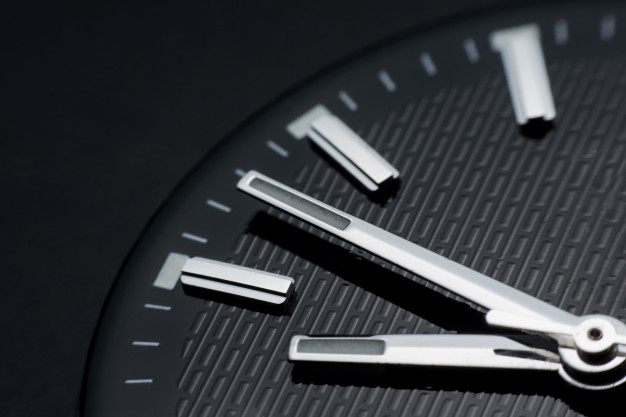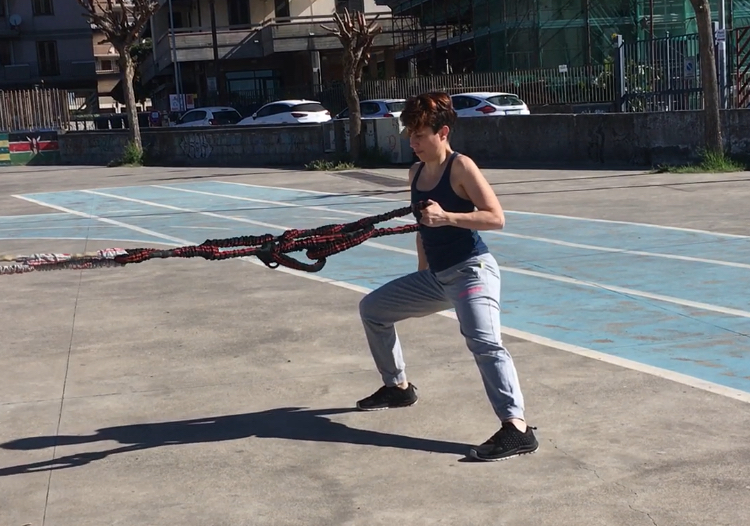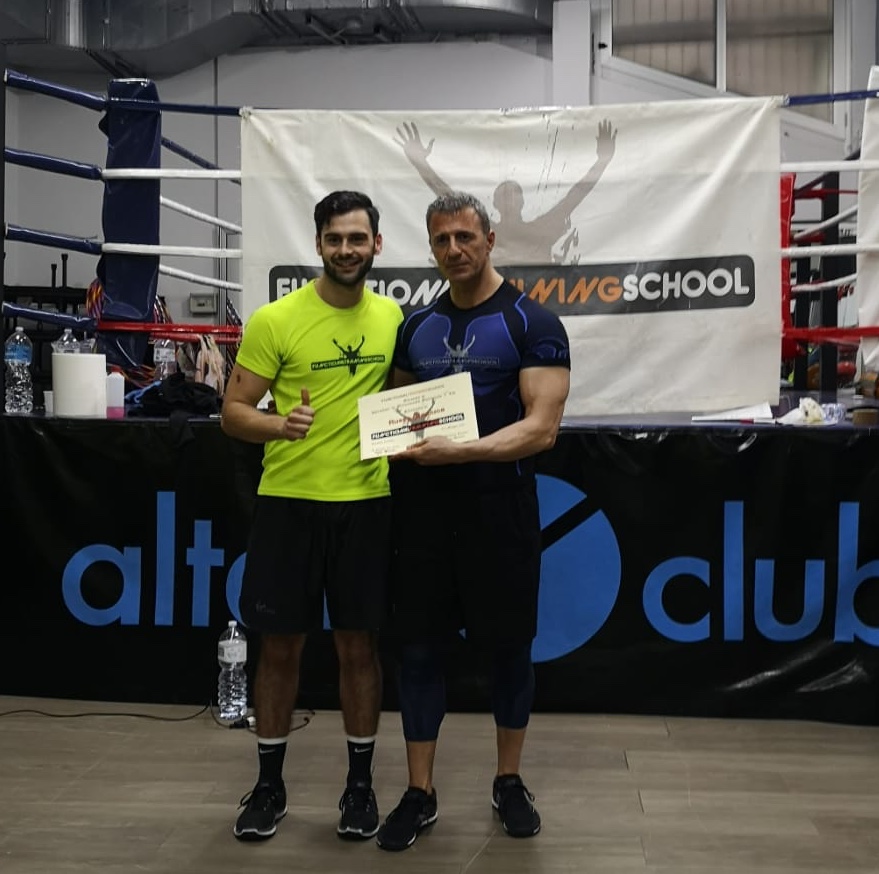Your personal trainer in catania
Before talking about the causes and structures involved in shoulder impingement, it is good to explain first what it is. In fact, a condition of altered movement can be defined as "impingement" which, repeated over time, causes the joints to suffer premature wear of some cartilaginous, tendinous and remaining soft tissue structures, causing much pain
Most of the shoulder discomforts when doing exercises are due to an important muscle: the supraspinatus. The supraspinatus is a muscle that is part of the rotator cuff, a muscle group consisting of four muscles, very important as they stabilize the shoulder preventing dislocation. It originates from the supraspinous fossa of the scapula, passes below the acromion and inserts itself in the great tuberosity of the humerus; with its action it abducts and rotates the arm externally. The supraspinatus due to repetitive movements and overloads can over time cause inflammation and subsequently, if not properly treated, tendon degeneration to complete injury.
The supraspinatus tendinitis presents with very intense pain and often accompanied by functional limitation to the point of being difficult even to wash, comb and take the wallet behind the pocket. In many cases the pain accompanied by burning prevents the subject from resting well. Pain and burning can be felt both on the area of the muscle, between the shoulder and the neck, and at the level of the deltoid area up to mid-arm but without ever reaching the elbow.
The major causes of supraspinatus tendonitis are:
• Practice sports that require effort with the arm above the head (some exercises in the gym, volleyball, tennis, etc.)
• Wrong postures maintained in time
• Previous injuries
• Rheumatoid arthritis
• Fall on the shoulder
Important is the figure of the physiotherapist who, after a careful postural examination, will work to correct those postural attitudes that can make increase the onset of musculoskeletal problems, alleviate pain through various techniques, and increase the stability of the shoulder. The personal trainer, instead, will be able to follow you during your training and prevent the movements that can damage your shoulder, personalizing your training program. Precisely for this reason the good collaboration between these two professional figures is important, and they will follow you at 360 degrees up to the complete recovery.
What caused the impingement?
Every time the upper limb is raised above 45 ° from the trunk, there is a narrowing of the space between the head of the humerus and the acromion, where the tendons of the rotator cuff run. When this happens, we speak of impingement syndrome which leads to the gradual degeneration of the tendon up to the rupture and consequent inactivity of the arm. The pain progressively increases, compromising the simplest movements
The subjects most affected are men and women over the age of 50 who carry out manual work and sports activities that involve repeated lifting of the arm during the day. It is precisely the repetition of certain work or athletic gestures such as, for example, the classic practice of pulling at the chin practiced during training in the gym, which causes this phenomenon.
From the bibliographic research carried out, it emerges that the rehabilitation phases are about 3: acute phase, intermediate phase and advanced phase. As for the acute phase (which is the phase on which we will focus more in our discussion), the procedure to be followed must be aimed at: 1) reduction of inflammation and pain thanks to the application of ice and instrumental therapies (tecar , iontophoresis, ultrasound, laser therapy); 2) start strengthening the scapular and extrarotatory muscles; 3) improve the posterior flexibility of the capsule; 4) improve the ROM (range of motion) in respect of pain; 5) begin a work of proprioceptive and neuromuscular control.























































































































































































